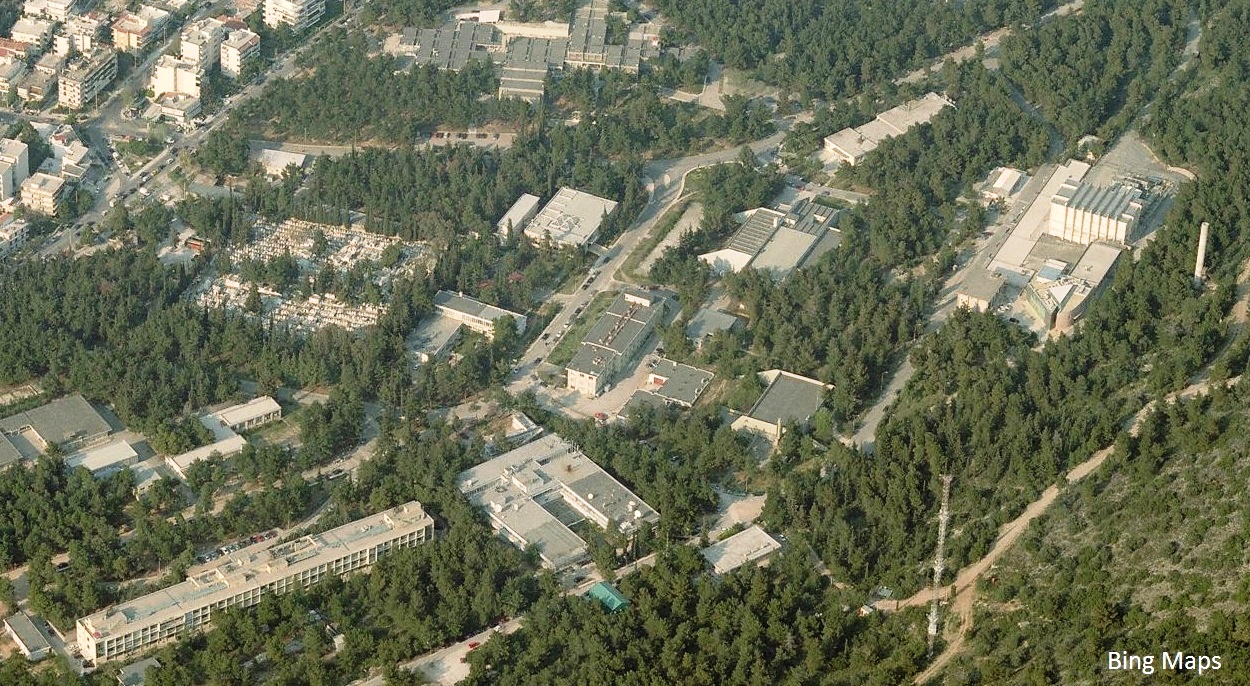National Centre of Scientific Research “Democritus”
The complex of "Democritus" research centre in Agia Paraskevi area.
Location
Timeline
Modern and Contemporary era (1821 - )
1950 At the end of this decade, it was founded as the “Demokritos” Nuclear Research Centre.
1992 The "Lefkippos" Technological Science Park of Attica operates, which hosts companies.



Share